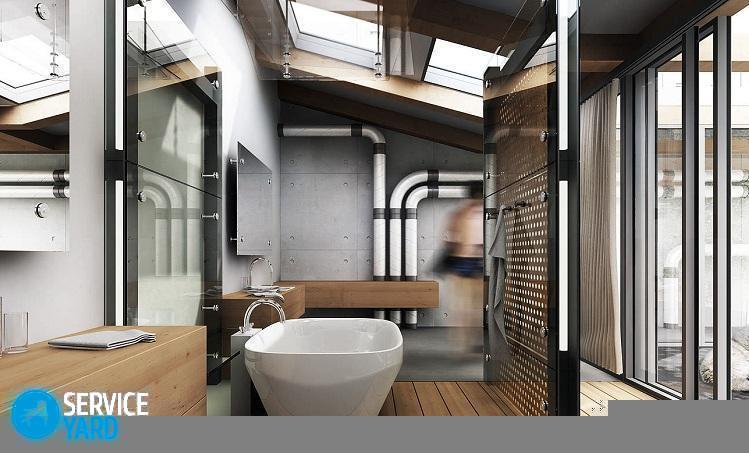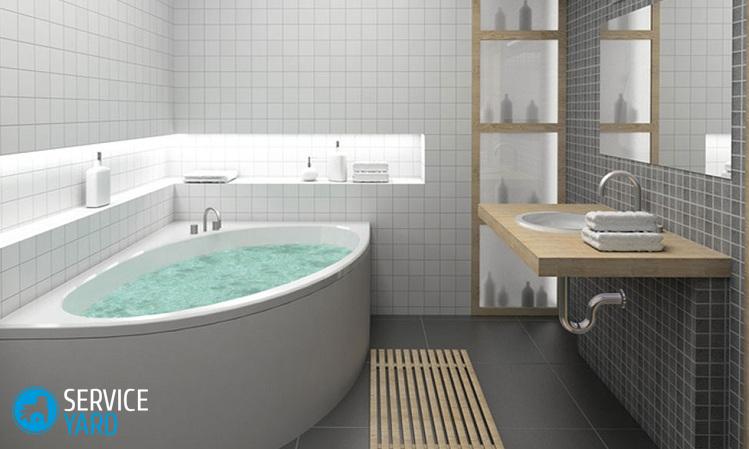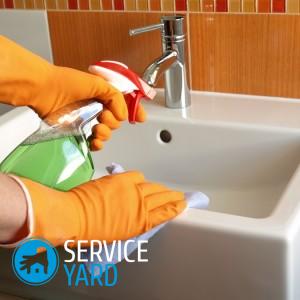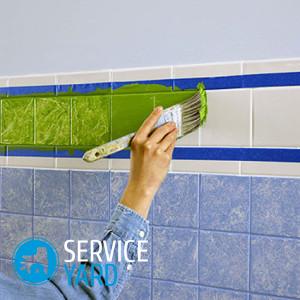Flowing pipe in the bathroom - what to do?
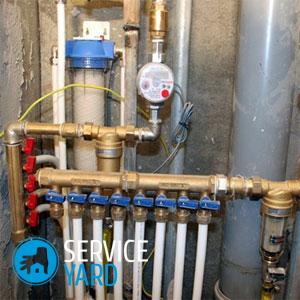
No one is safe from such an unpleasant situation when a pipe flows in the bathroom. What to do in this case? The cause of leakage of structures may be their mechanical damage or corrosion. If metal pipes are susceptible to corrosion, damage also threatens products made of metal-plastic, polypropylene or polyethylene. Is it possible to close up a leak independently without causing plumbing? It turns out you can. Where to start troubleshooting? First of all, find the place where the leak formed. Several options are possible, which we will consider in this article.
to contents ↑Pipe joints
If the cast-iron pipes are not well interconnected, it is quite difficult to cope with such a problem on their own. The way to eliminate leaks depends on the type of connection.
If the pipe connection is lead, proceed as follows:
- Strip joints to metal.
- Chock the gap with lead cones, using a blunt chisel.
Important! Lead is a soft metal and it seals the gap very well.
For cement sealing, the following algorithm is suitable:
- Use a chisel and hammer to remove any old cement.
- Strip the gap.
- Drive in the new tarred material and cover the gap with cement mortar (cement to water volume ratio 10: 1).
Important! Before hammering tarred strands, treat them with a mixture (for 1 volume of water - 3 volumes of asbestos and 7 volumes of cement). The consistency of the mixture is such as plasticine.
Cementing
These tips will be useful if, in addition to cement, there are no building materials in your arsenal. Try this:
- Strip the areas in the joints, remove the remnants of the old seal. Do not use heavy tools, as this may damage the pipes.
- For repair you will need: some cement, gauze bandage.
- Dissolve the cement in water to a mushy state, soak a bandage in it.
- Wrap the joint of the two pipes with a bandage soaked in cement mortar.
- Wait for the solution to solidify (it will take about 2 hours).
- Strip the joint with sandpaper and paint over.
Drain in the bathroom, what to do? Leaking pipe body
Here, troubleshooting methods are slightly different than when leaking joints. There may be several ways. Choose the one that suits you best.
Bandage
Installing a bandage is one way to temporarily eliminate leaks from the body of the pipe. The essence of the fix is to find a damaged place and apply a rubber bandage. The procedure is as follows:
- Place the rubber gasket on the damaged area.
- Press the gasket against the pipe and secure with a clamp.
Important! Clamps are on sale, but, if necessary, you can make it yourself. The material for the bandage can be: a rubber hose, an old rubber boot, a bicycle camera, etc. The width of the bandage is determined based on the diameter of the pipe.
Wooden wedge
Sometimes a situation develops, as they say, stalemate. The pipe leaks, the pressure of the water is large, it is not possible to shut off the water supply, but the clamp does not hold. To solve the problem, at least temporarily, a small wooden wedge in the shape of a cone helps.Make wedges in such a way that its sharp part matches the size of the hole:
- Insert the sharp end of the wedge into the hole.
- Carefully hammer the wedges into the pipe with a hammer.
Of course, this is a temporary measure, but you will gain time to call the master.
Taping holes
This is the same bandage, only glutinous. The algorithm of actions is as follows:
- Turn off the water supply using a tap.
- Dry the problem area with a building hairdryer.
- Find the right elastic material. It can be fiberglass, rubber, plastic, etc.
- Using epoxy glue, glue the material to the emergency site.
Important! The width of the rubber band is determined from the calculation of at least 1.5 pipe diameters. If fiberglass is used, then cut off such a piece so that you can wrap the problem area at least 5 times.
Apply glue to the bandage material with a spatula or brush. Prior to complete curing of the adhesive, press the bandage with a clamp or screed. At a temperature of 25 degrees, the glue hardens for 24 hours. If the air temperature is 15 degrees, the glue will harden for about 3 days.
to contents ↑How to seal a leak in a plastic pipe?
Everything is very simple:
- Select a piece of plastic pipe of suitable diameter and cut along the length.
- Cut about a third of the surface to its full length.
- Scrape the surface from the inside and apply glue on it.
- Put the obtained plastic collar on the damaged area.
- Press the clamp and wait until the glue hardens.
Hole bolt
If the leak provoked a fistula in the pipe, drill a small hole in the place of the fistula and screw in a bolt moistened with oil paint. This method can be used for new pipes of large diameter. If the pipeline is old, then all attempts to screw in the bolt will only lead to the fact that the hole will increase.
to contents ↑How to replace a damaged area?
Many are interested in the question: what to do if the bath is leaking and how to replace the damaged area with metal pipes?
- Turn off the water supply.
- Using a “grinder” or a hacksaw for metal, cut off the problematic section of the pipe (approximately 300 mm from the damaged section).
- Disconnect the threaded connection closest to the site of damage.
- Cut the thread onto the fixed cut end of the pipe. Screw the coupling onto it.
- Choose a suitable length of pipe length, cut the thread at both ends.
- Connect the new pipe section and the water pipe with a sleeve. To prevent the threaded connection from leaking, seal it with FUM tape or linen with sealing putty.
Siphon flowing under the bath - what to do?
First, we’ll try to figure out why there are puddles under the bathroom and how to avoid this. The most common reasons for a siphon to flow under the bathtub are as follows:
- Wear of the rubber o-ring: tensile, displacement, cracking.
- Violation of the integrity of the overflow pipe.
- Loose siphon winding after cleaning.
- Clogging.
- Loosening of the joint of the drain and overflow pipes.
- Loss of sealing due to damaged gaskets and torn threads.
How to eliminate a leak:
- If the o-ring is worn or deformed, replace it with a new one; if it is displaced, replace it.
- If the integrity of the overflow pipe is compromised, replace it with a new one.
- Is the siphon dirty? Unscrew it by first substituting the water tank, then clean it with a screwdriver or a long wire. Reassemble the device in the reverse order.
- If the joint of the drain and overflow pipes is broken, seal this area with ordinary silicate clerical glue.
to contents ↑Important! If the siphon joints are not sealed, treat the joints with sealant. Winding the threads with tow or silicone tape also helps.
Stock footage
Eliminating leaking in the bathroom is quite simple. However, if questions arise, it is best to contact a qualified plumber.



